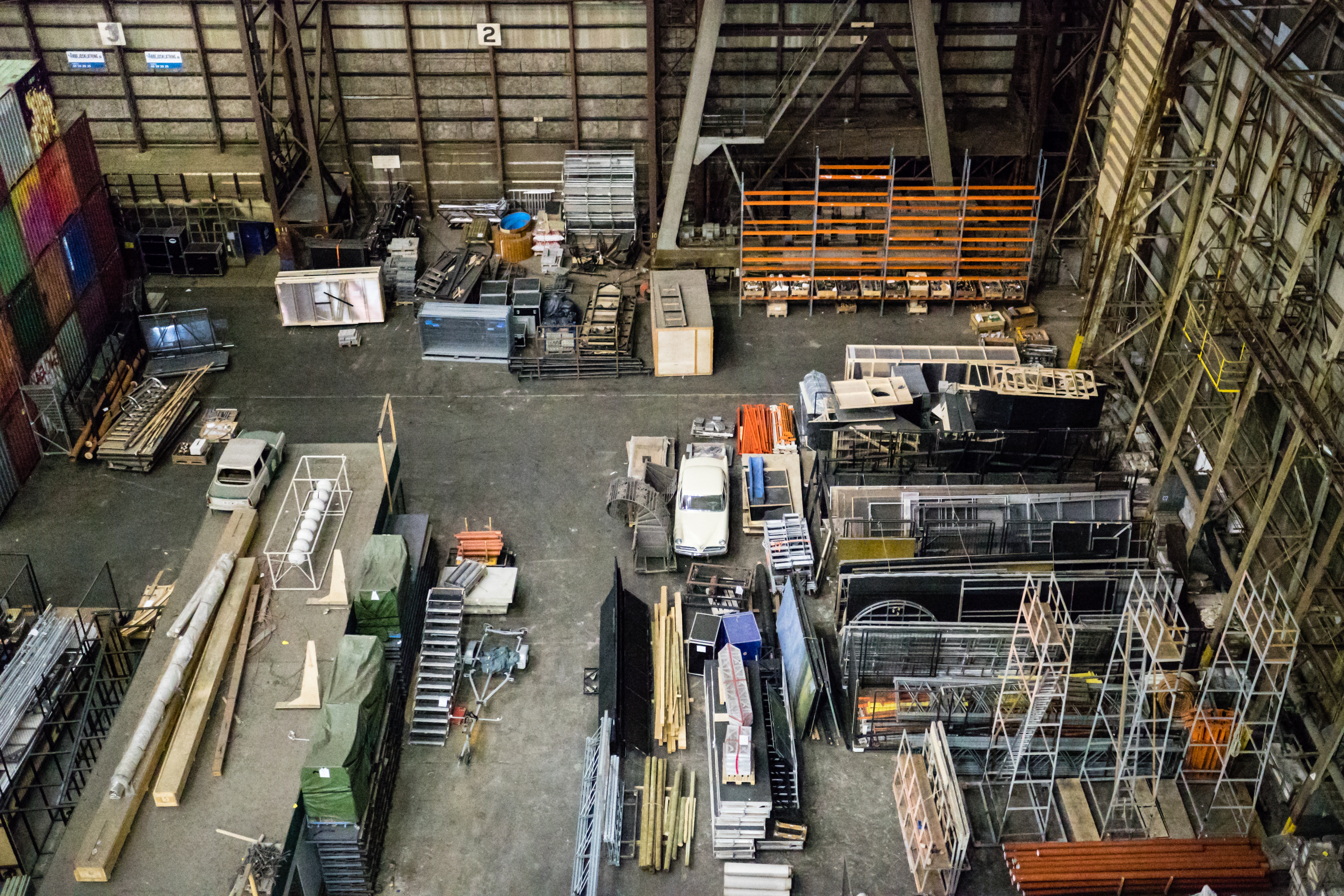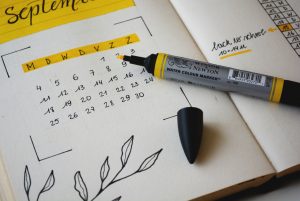Guide To Creating Your Own Bill of Materials Template
Post on Wednesday, July 25th, 2018 in Accounting

Consumers create shopping lists. Chefs create recipes. In the same way, manufacturers, builders and engineers will create a bill of materials as part of their planning process.
Bills of materials are comprehensive documents that highlight components, intermediates, parts, sub-assemblies, assemblies, items and all other materials needed to provide a service or to build something. It’s basically all the parts you’d need to manufacture something.
A bill of materials (BOM) should also contain a set of instructions that describe the engineering and manufacturing processes involved in a project.
It’s the cardinal document in any resource planning process, and is often used in tandem with Standard Operating Procedures and Enterprise Resource Planning (ERP) systems. Organizations find a bill of materials to be a crucial document for communicating product details through a product life cycle.
In this article, we’ll give you some more use cases for a bill of materials, and explain how to create one the right way.

Bill of Materials Templates
The process of building a comprehensive bill of materials list may vary depending on the product. However, you can always make a high-level template, and then expand on it as you need to.
Here, we’re going to highlight everything that should be on a bill of materials, and then give you an example of one we created for a (made-up) company that manufactures night vision scopes.
Bill of Material Levels
Every part, item or raw material in an assembly process must be tagged with a number that identifies its role and position in the BOM and PLM. This makes it easier for logistics team, designers, engineers, and third-party manufacturers to use.
Differences often arise between engineers and logistics managers – engineers would love to create a multi-level BOM listing out parts and their sub-components, while logistics would want to place components into larger groups. Knowing how to make a reliable and comprehensive bill of materials will help you maintain a streamlined manufacturing workflow that both sides can benefit from.
- Component Tags
- It’s critical that each item is tagged with a unique number. This facilitates faster identification by all teams. These numbers play a crucial role, especially when there are high-risk parts.
- Component Names
- Additionally, names enable quick search and identification of specific components. Names are unique and may contain a detailed description of the part.
- Component Life Cycle Stage
- BOM must indicate the stage where a part, material or sub-component will be used. This represents the phase at which the component is usable. Commonly used terms in this stage include “in production” and “in design.”
- Quantity of the components
- Any bill of materials template you create should also contain the exact number of parts needed in a particular stage of product life cycle.
- Detailed Description
- Every part, component or sub-component must be accompanied by a detailed description to enable different groups within the line of production to distinguish between similar materials and components.
- Standard Unit of Measure
- The BOM must also include a method of measuring quantities to promote standardization. This eliminates situations where different groups label the product quantity differently. For instance, one group may use kilograms while another uses pounds. To create uniformity, ensure that your materials list template constitutes all units of measure.
- Outsourcing Information
- The bill of materials should indicate where part or components are procured from – off the shelf or manufactured as per component specifications.
Any additional information about parts can be indicated on the BOM notes. Also, in cases where the finished product assembly constitutes a complicated assembly like a printed circuit board, then, the bill of materials should showcase the designators (detailed info about components that form the circuit board).
Why Use a Bill of Materials Template?
Here are some of the reasons why you need to use the bill of materials template:
- Fast & Flexible – Templates are your quickest path to beginning a project and they give you a chance to customize some areas to suit your business as needed.
- Consistency – A BOM needs to be accurate and consistent at all times. Templates assist in ensuring that there is standardization in the production process.
- Inventory management – Templates assist in forecasting inventory management needs by keeping all teams aware of the present inventory levels.
- Easy PLM – Managing the product across all stages of production is easier when designers and manufactures have a template to follow.
Creating many copies of a BOM using predefined templates can make controlling the versions of the document difficult. Additionally, securing these documents can be an issue digitally, unless you’re using a software system that has comprehensive user permission controls. To streamline document management and build robust security layers, you may need to use a cloud-based tool.
What happens when the product designer makes changes and the manufacturer is still using the old copy of BOM?
To resolve this issue, you need to establish a system that enables you to manage changes as they occur. This would keep every user on the same page.

Bill of Materials Example
Now that you understand how to make bill of materials on a high level, let’s take look at the case of company X, our example company that manufactures night vision scopes. It’s a niche market, but they’re doing quite well.
Here is a sample of what a simple bill of materials for company X might look like. The company may even use this template keep the production of its night vision scopes organized.
|
Component |
Description |
Component number |
Material |
Source |
Unit of measure |
Order quantity |
Order cost ($) |
|
Optic glass |
Micro-channel plate |
Og001 |
Hair-fine fibers of optic glass |
Company Y |
mm |
50 |
1000 |
|
Phosphor |
LCD screen |
Ph001 |
copper-activated zinc |
Manufacturing |
pounds |
20 |
500 |
|
semiconductor |
Image intensifier tube |
Ga001 |
Gallium arsenide |
Company W |
mm |
50 |
570 |
|
Ceramic |
Body designs |
Cr001 |
– |
Manufacturing |
pounds |
70 |
800 |
|
Aluminum |
Body designs |
AL001 |
– |
manufacturing |
pounds |
100 |
900 |
|
Lens |
Photocathode |
Ln001 |
Flint glass |
Company Z |
– |
50 |
1200 |
Correct use of bill of materials templates, whether in Excel or another platform, enables you track components of your inventory and set criteria for low stock alerts.
Hopefully, that also means you’re tracking the costs of carrying inventory. This allows you to manage expenses as well as inventory levels with ease. This facilitates Material Resource Planning (MRP) and streamlines the process of manufacturing a product from start to the end without any hiccups. MRP ensures that your company allocates enough resources (time and money) to purchase materials needed to manufacture a product successfully.
Build Your Own Bill of Materials Template
You should be building the foundation for your business to grow out scale. Bill of materials templates can be very useful even when product designs are still simple. They are necessary as your business expands.
Use this example to build a bill of materials that suits your needs, and turn your production process into a well-oiled machine.

Adam is the Assistant Director of Operations at Dynamic Inventory. He has experience working with retailers in various industries including sporting goods, automotive parts, outdoor equipment, and more. His background is in e-commerce internet marketing and he has helped design the requirements for many features in Dynamic Inventory based on his expertise managing and marketing products online.
Learn how Dynamic Inventory can streamline your business today!
Schedule a DemoRelated Articles
see all
The Coca Cola Supply Chain & Manufacturing Process Explained
Coca-Cola is the most popular soft drink in the world. It’s sold almost everywhere, and its brand name is known …

An Overview of Dell’s Supply Chain Strategy
Dell entered the market in 1985, and evolved from a small, dorm-room based company in Texas to one of the …

How to Improve Your Warehouse Management System
A warehouse is not only a place to store your inventory. It also hosts all of the important logistics and …

